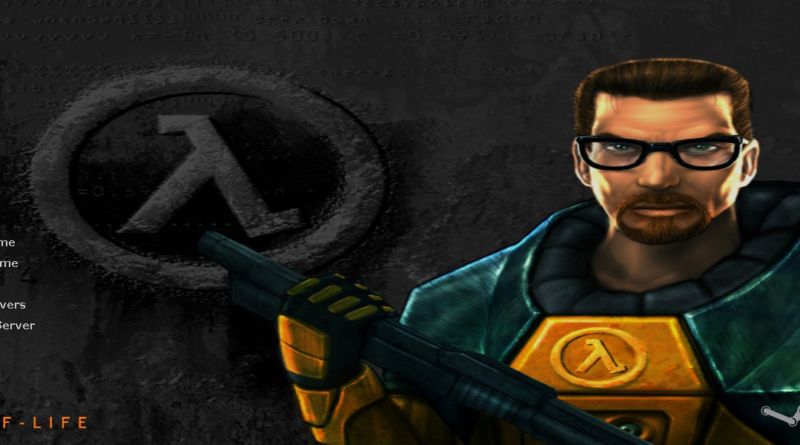Takeaways from a Half-Life Marathon
Dark Energy, Half Life 2’s final chapter, is the capstone to a five year struggle at Valve Software. At long last, Half-Life had its sequel. Easily one of the most anticipated and highly rated PC Games of all time, Half-Life 2 ushered in a new standard for single player FPS.
It’s a damn shame the ending sucked.
Ripped from a reactor explosion by the eponymous G-Man, Half-Life 2 ends just as it starts: With Gordon in escrow and future uncertain. A follow-up would come, but a pattern had already emerged.
“Half-Life just can’t wrap it up.”
Between a low gravity duel with a giant space baby to refugee relays outside an infested train station, the final chapters of Half-Life have the scale and the volume– But can’t match the pacing, intrigue, or memorability of their middles. It’s a bell curve from hell.
Players are more likely to remember falling to their death repeatedly in Interloper than Xen’s ultimate enemy, despite Nihilanth’s incredible reveal. The boss just feels like a boss, a death sentence for such a previously seamless experience.
It builds, chokes, then the credits roll. The way progression is designed, there’s just no smooth way to end the game.
Half-Life’s pacing is a sugar rush and rewrites the rules constantly. Every game in the series introduces features and setpieces hand over fist. Root Kanal, Water Hazard, Sandtraps– Without Half-Life’s survival themes to tie them together, these levels are on different planets. It isn’t possible to bring everything back for the finale, so Valve doesn’t even try.
“Cool gimmick, I hope they keep using it.”
This thinking bleeds into the intervals. Half-Life chapters are disparate, solvable puzzles. Very little of what you learn sticks around to see the end, and whatever does is kept scarce.
Linear is not bad design. Half-Life uses its smooth rail blueprint to set up scares, move the plot, and flesh out its characters. Since Valve largely knows how and where a player will enter an area, they can dial up those complex scripted sequences without fear of them being missed.
If the illusion holds up, it can be striking. If it doesn’t, the player might lament just how many locked doors Black Mesa really has…
